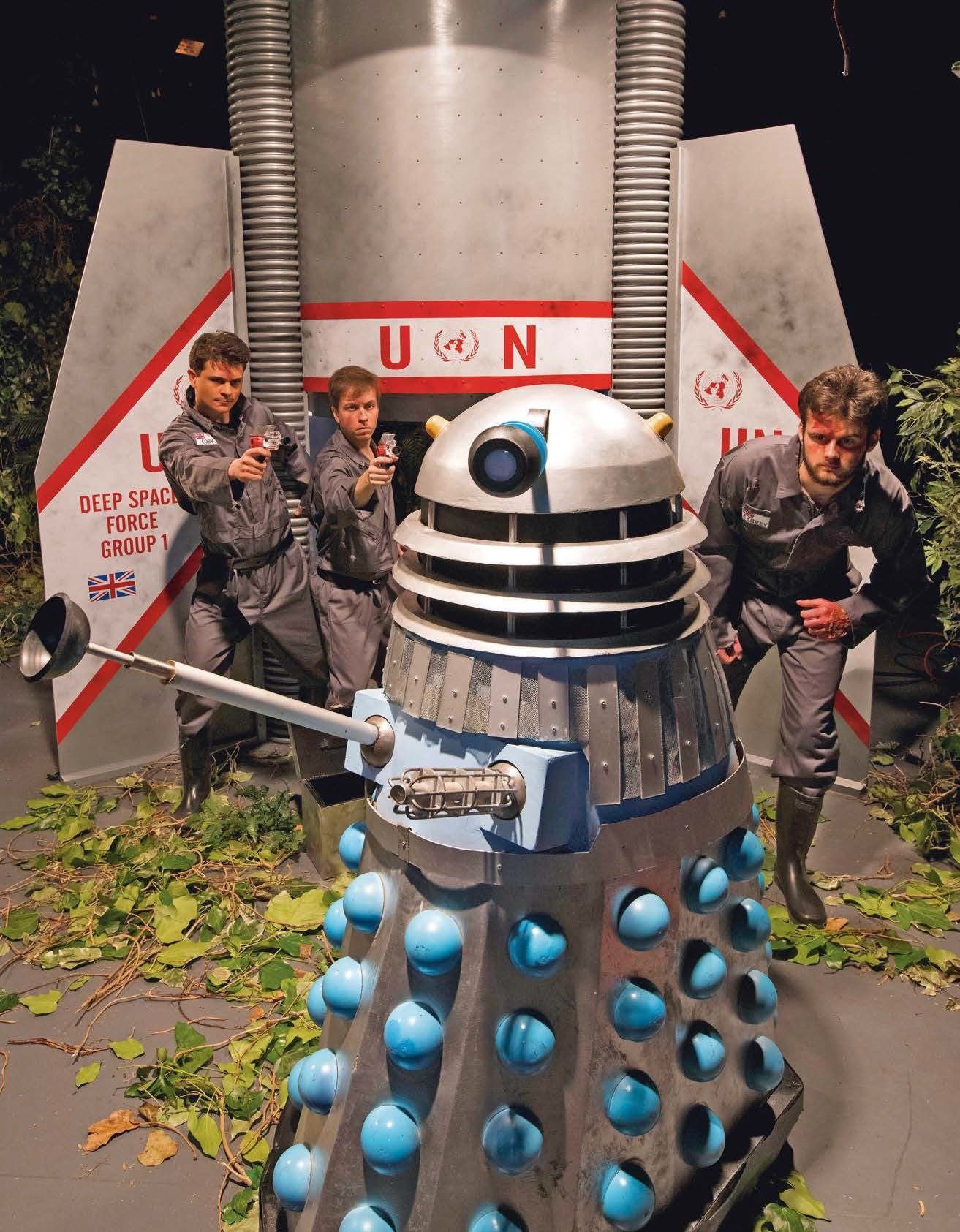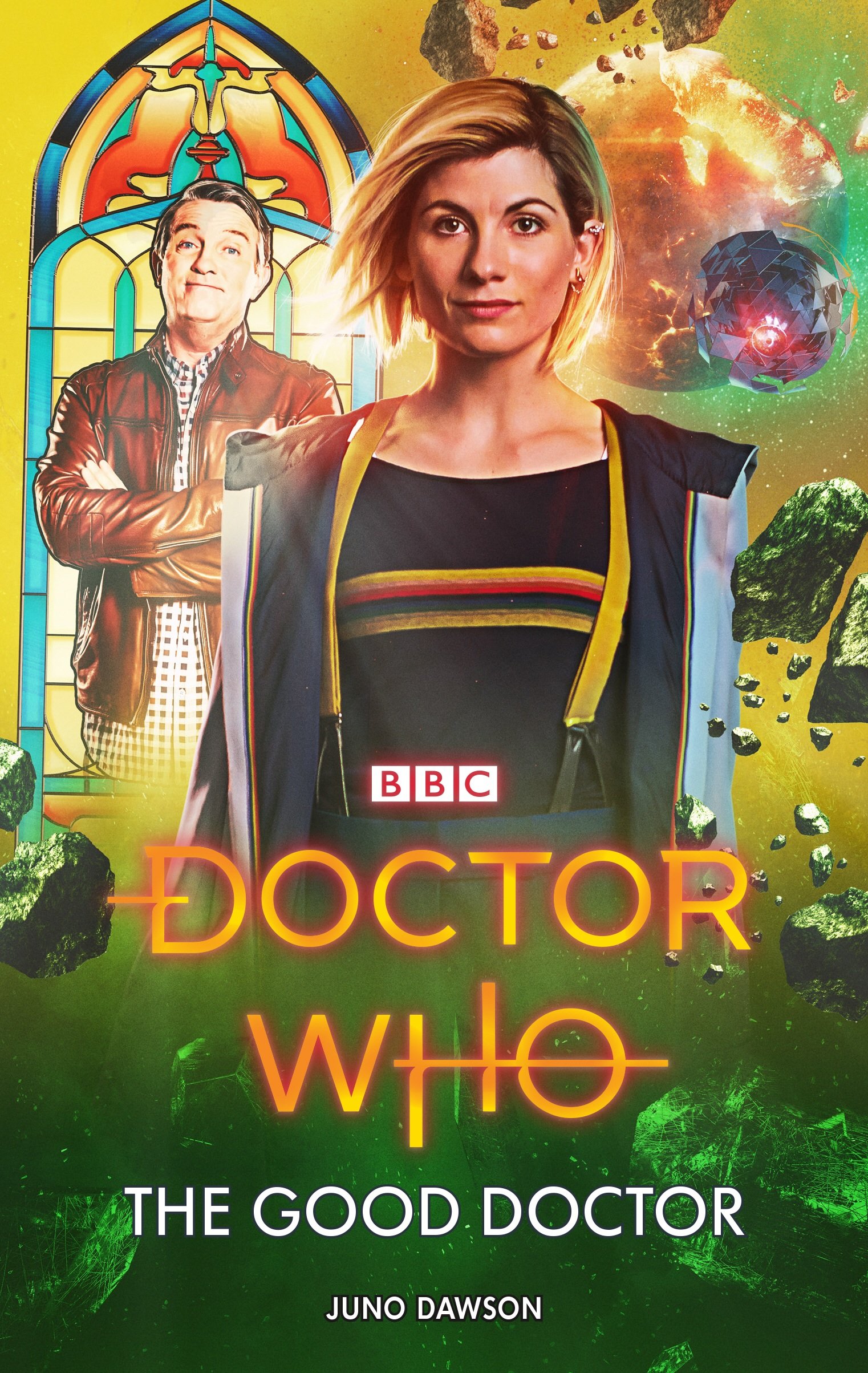Marvel Comics turned 80 this year. In October 1939, Marvel Comics #1 debuted and featured the original Human Torch on the cover, an android created by Professor Phineas Horton. It’s an iconic cover and even if you aren’t into comic books, you’ll have likely seen it in some shape or form. Well, had that title continued then this month would have seen it’s 1000 comic get produced!
Indeed, Marvel has had an interesting history; following the end of World War 2 and moving into the 1950s, superheroes were in decline and so Marvel’s range of heroes including Captain America, Namor the Sub-Mariner, Black Widow, the Human Torch and Toro, Spitfire, and Bucky Barnes were consigned to their place in history. Captain America was frozen; Namor went back to Atlantis; Black Widow, the Human Torch, Toro, and Spitfire retired; and Bucky Barnes seemingly died.
Comics then moved more into romance and science-fiction and Marvel created characters like Millie the Model and Night Nurse as well as a number of other romance titles. It was only when Stan Lee introduced the Fantastic Four in November 1961 that we got the Marvel universe we are used to now.

Marvel Comics #1000 is a suitable celebration of the last 80 years of publication history while also looking towards the next few years the company has planned. Many writers have contributed pieces (alongside a range of artists), including Doctor Who scribe, Toby Whithouse (School Reunion; The God Complex).
Perhaps the best place to start talking about this issue is how it is laid out. Each single page covers a year since 1939. Each page includes a little fact about the year and most feature a character that people will probably be familiar with. I liked this approach as not only does it celebrate the different writing and artistic talents Marvel has had working for them over the years, but also allows new readers to get a taste of what each contributor can do.
The issue also features an overarching plot, written by Al Ewing (former Eleventh Doctor writer for Titan Comics), concerning a mysterious and mystical mask and a group of occult scientists. At the beginning, I did wonder where we were going but it does begin to make sense as the strange mask and its wearers continue to pop up through the years. I liked the addition of Jimmy Woo and Agents of Atlas, some of the earliest Marvel creations, who were also tracking down the mask, trying to thwart the strange scientists.
It’s a solid edition to a comic that would have been an interesting read without it and doesn’t take away from the celebratory feel of the overall piece. We get some really nice strips here too. One of my favourite pages was that of Mary Jane Watson recalling the tragic death of Gwen Stacy, the two loves of Spider-Man’s life. I’ve always loved Greg Land’s artwork and it just made the piece clear to read. It’s a touching tribute, told from an unusual angle, and it showed how one of the earliest comic book deaths – one that has stuck – shook the landscape the superheroes and their families live in as much as it did the readers’ world.
The book was designed perfectly and you really didn’t know what would happen next. We got funny moments, surprising cameos, and touching pieces about certain characters. Who knew that Doctor Doom felt so lonely? Or how exciting Tessie the Typist’s life was? And that Peter Parker explaining to Doctor Octopus how his powers work could be so laugh-out-loud funny? We’ve even got appearances from Conan the Barbarian and Darth Vader.

There are downsides to this layout though: not everyone’s favourite characters could be included. I was disappointed that there wasn’t more from the X-Men and Fantastic Four here but we can’t have everything. I was also introduced to many obscure characters that I’d never heard of before. One of which was Night-Raven.
Toby Whithouse is the author of the page featuring Night Raven, a Marvel Comics UK character. Whithouse’s page has a single picture of Night Raven, drawn by Alan Davis (Avengers), looking over the Houses of Parliament in the teeming-rain. The rest of the page is taken up by text. I must admit though, because I had no idea who this character was, it both caught my attention and also nearly made me skip over it. I’ve certainly looked into the character since then but it’s a strange hero to include considering there are many other famous Marvel Comics UK characters to choose from – Captain Britain and Union Jack; even Spitfire spring to mind. Still, it was an imaginatively written piece, told in the form of a diary entry that left enough of an impression on my mind to want to learn more. In that way, this page succeeded, even if it didn’t initially interest me particularly.
Overall though, Marvel Comics #1000 is an outstanding success. With a few misses here and there, it manages to celebrate the history of the company while looking ahead and laying out the foundations for what promises to be big stories that are currently in the pipeline.
And there is a very touching tribute to all the contributors, including Stan Lee, Jack Kirby, and Steve Ditko who are no longer with us. They may be gone, but they’ll never be forgotten.
Marvel Comics #1000, and its 10 billion variant covers, is available now, as is the follow-up, Marvel Comics #1001.


